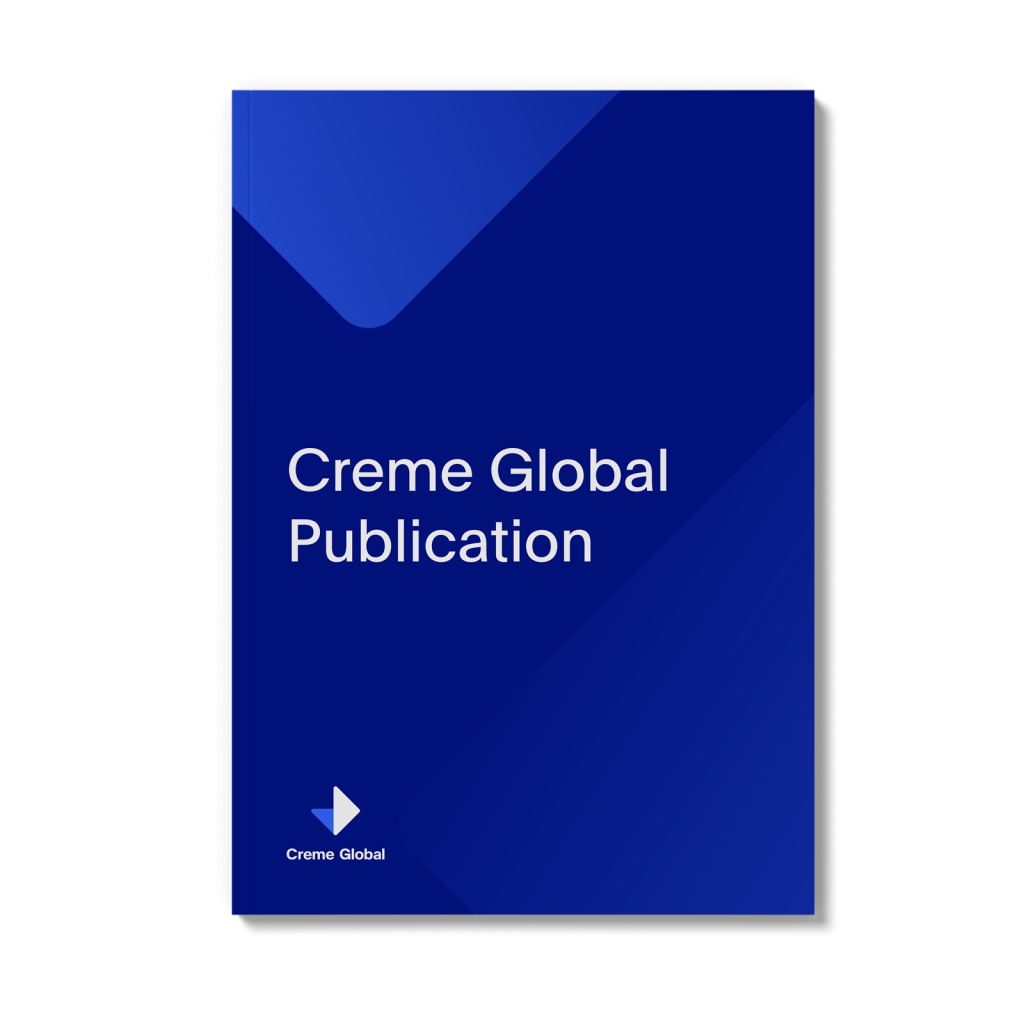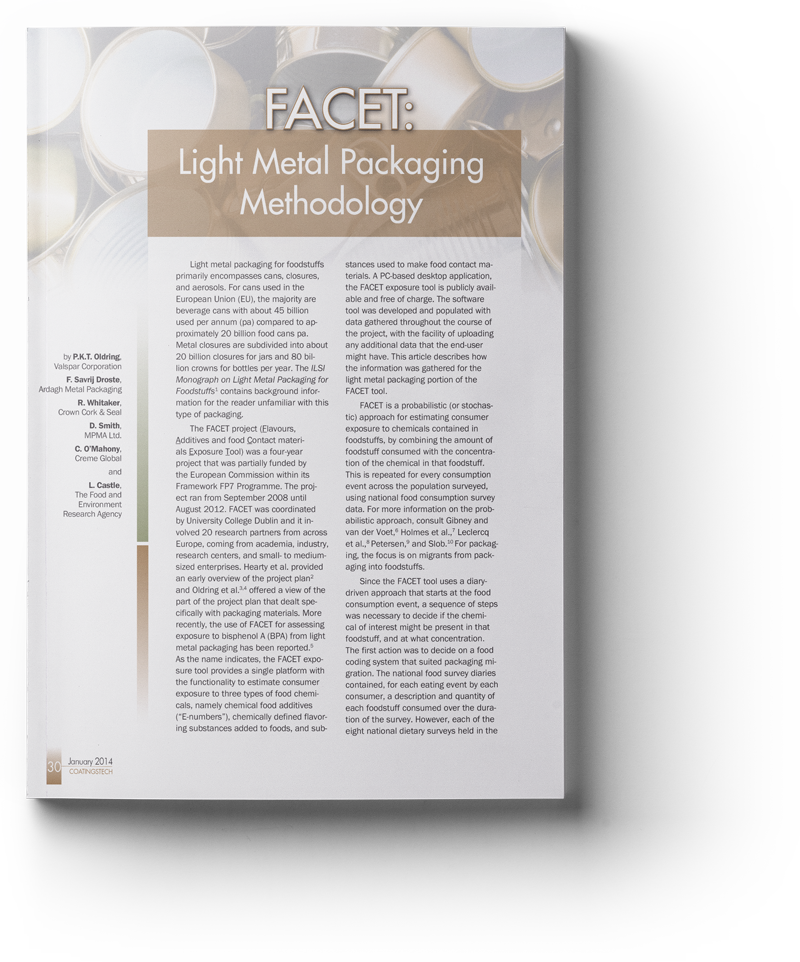The approach used to obtain European Union-wide data on the usage and concentration of substances in different food packaging materials is described. Statistics were collected on pack sizes and market shares for the different materials used to package different food groups. The packaging materials covered were plastics (both flexible…
Authors: Oldring PK, O’Mahony C, Dixon J, Vints M, Mehegan J, Dequatre C, Castle L.
Publication date: 15/01/2014

